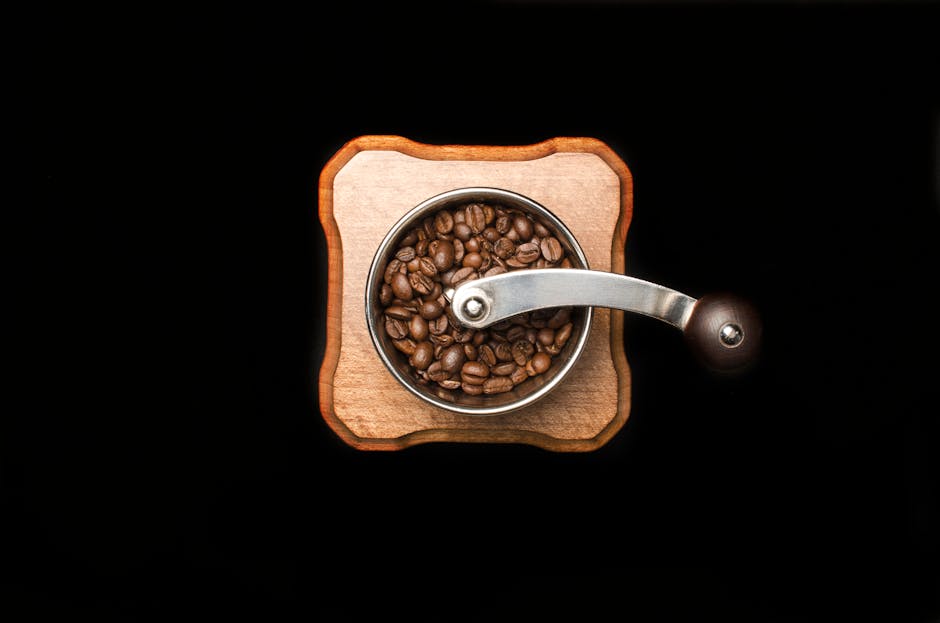Maintaining your grain grinder is essential for ensuring its longevity and optimal performance. Just like any other kitchen appliance, proper care and regular maintenance can significantly extend the lifespan of your grain grinder. From routine cleaning to thorough inspections, investing time in upkeep will not only keep your grinder in top condition but also guarantee a consistent quality in your ground grains.
Understanding the Importance of Grain Grinder Maintenance
Your grain grinder is a valuable tool that requires regular maintenance to perform at its best. Neglecting the care of your grinder can lead to decreased efficiency, inconsistent grinding results, and even potential damage to the machine. By understanding the importance of proper maintenance, you can not only protect your investment but also enjoy the benefits of freshly ground grains whenever needed.
Regular maintenance is key to ensuring the longevity of your grain grinder. Over time, dust, food particles, and residues can accumulate in the machine, affecting its performance and hygiene. By incorporating simple maintenance routines into your grinding schedule, you can prevent clogs, maintain the sharpness of the blades, and enhance the overall functionality of your grinder.
A well-maintained grain grinder will also guarantee the safety of your food preparation process. Cleanliness is paramount when dealing with food-related appliances, and a dirty grinder can introduce contaminants to your grains. By prioritizing maintenance, you not only safeguard the quality of your ground grains but also ensure the health and well-being of those consuming the final products.
Essential Tools for Proper Grain Grinder Care
Equipping yourself with the right tools is the first step towards effective grain grinder care. Basic items such as a cleaning brush, food-safe sanitizing solution, screwdriver, and soft cloths are essential for routine maintenance tasks. These tools will help you disassemble the grinder for thorough cleaning, remove any trapped particles, and sanitize the surfaces effectively.
In addition to cleaning tools, having a grain grinder calibration tool can further optimize the performance of your machine. This tool allows you to adjust the coarseness or fineness of the grind, ensuring consistent results with every use. By investing in quality tools and accessories, you streamline the maintenance process and guarantee precise grinding according to your preferences.
It’s also recommended to keep spare parts on hand for quick replacements when needed. Components such as grinder plates, blades, and gaskets may wear out over time, impacting the efficiency of the machine. By having spare parts readily available, you can address any issues promptly and minimize downtime in your grinding activities.
Regularly inspecting the condition of your grain grinder is crucial for identifying potential issues early on. By examining the blades, housing, and internal components, you can detect wear and tear, loose fittings, or signs of damage. This proactive approach allows you to address maintenance needs promptly, preventing major breakdowns and ensuring the longevity of your grinder.
Regular Cleaning Techniques for Your Grain Grinder
Cleaning your grain grinder after each use is the foundation of proper maintenance. Start by unplugging the machine and disassembling it according to the manufacturer’s instructions. Use a brush to remove excess particles and debris from the blades, plates, and housing, ensuring thorough cleaning of all components.
For a deeper clean, wash removable parts with warm, soapy water and rinse them thoroughly before air-drying. Pay special attention to areas where food particles tend to accumulate, such as crevices and corners. A food-safe sanitizing solution can be used to disinfect surfaces, eliminating bacteria and maintaining a hygienic grinding environment.
To prevent clogs and ensure smooth operation, regular oiling of moving parts is recommended. Apply a few drops of food-grade lubricant to the gears, bearings, and other pivot points to reduce friction and extend the lifespan of the grinder. Proper lubrication not only enhances the performance of the machine but also prevents excessive wear and tear on critical components.
In addition to routine cleaning, periodic calibration of your grain grinder is essential for consistent results. Use a calibration tool to adjust the grind settings according to your desired coarseness or fineness. Regular calibration ensures precision in grinding and maintains the integrity of your grains, allowing you to achieve optimal texture and flavor in your recipes.
Remember that a well-maintained grain grinder not only produces superior grinding results but also contributes to the longevity of the machine. By following these cleaning techniques and maintenance practices, you can enjoy the benefits of freshly ground grains with confidence, knowing that your grinder is operating at its peak performance.
Safeguarding Your Grain Grinding Investment
By following these maintenance tips for your grain grinder, you can ensure that it remains a reliable staple in your kitchen for years to come. Remember, a well-maintained grain grinder not only preserves the quality of your grains but also contributes to the overall efficiency of your kitchen operations. Take care of your grinder, and it will take care of your grinding needs, serving you well with every use.


